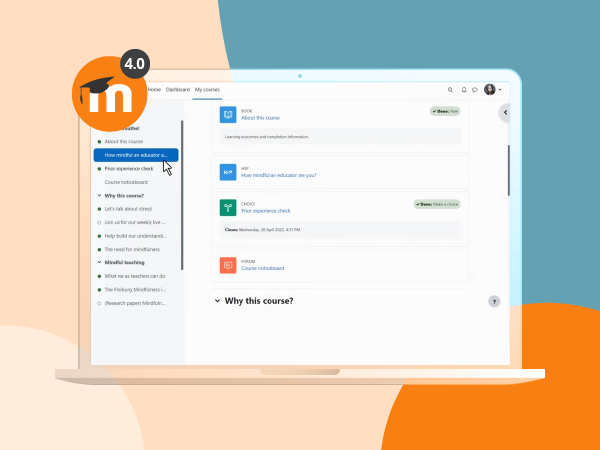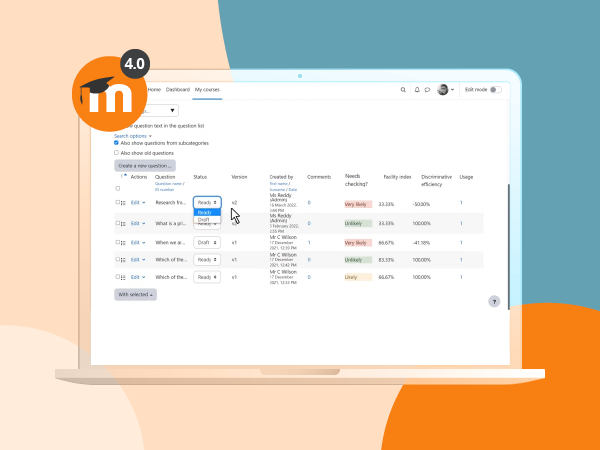Workplaces can be places of socialisation, conflict, gossip and numerous other distractions – loud music, loud co-workers!
Here, we share some ideas on how to minimise distractions and increase focus.
Delay the response
Dr. J. Roscoe Miller.
“I have two kinds of problems: the urgent and the important. The urgent are not important, and the important are never urgent.”
Along with the benefit of giving people more time for uninterrupted focus, delaying checking and communicating via email allows for a better response by increasing the time to respond. Have templates setup with enough details to respond to common questions and scenarios to minimise typing the same responses continually.
Avoid the reply all
Reply All, used as a mechanism to share accountability, only adds unnecessary chatter to people’s inboxes and headspace. Not everyones input is required for all decisions (minor or major) and only email people who need to be informed.
Batch it
Rather than sporadically checking things throughout the day, batch check email, instant messages and social media at predetermined times of the day. It’s easy to get sucked down the rabbit hole of constantly checking and not much doing.
Silence the noise
To avoid our Pavlovian impulses to respond on cue, simply enable airplane mode. If that is a move too radical, silence notifications. Put on some headphones and play a calm playlist to help focus.
Avoid multi tasking
We often undertake cognitive multi-tasking to avoid boredom. A recent article by Psychology Today, defined multi tasking as task switching.
“The term multi-tasking is actually a misnomer. People can’t actually do more than one task at a time. Instead we switch tasks. So the term that is used in the research is “task switching”.
Despite the illusion that we are achieving a lot by task switching and we “might waste only 1/10th of a second, but if you do a lot of switching in a day it can add up to a loss of 40% of your productivity”. According to research by the university of California Irvine, it takes an average of 23 minutes and 15 seconds to get back to task. Completing one task at a time actually saves time, and avoids mistakes.
Having a greater awareness of our tendencies to get distracted by low-value activities, and addressing them is a step forward towards better focus and productivity.


